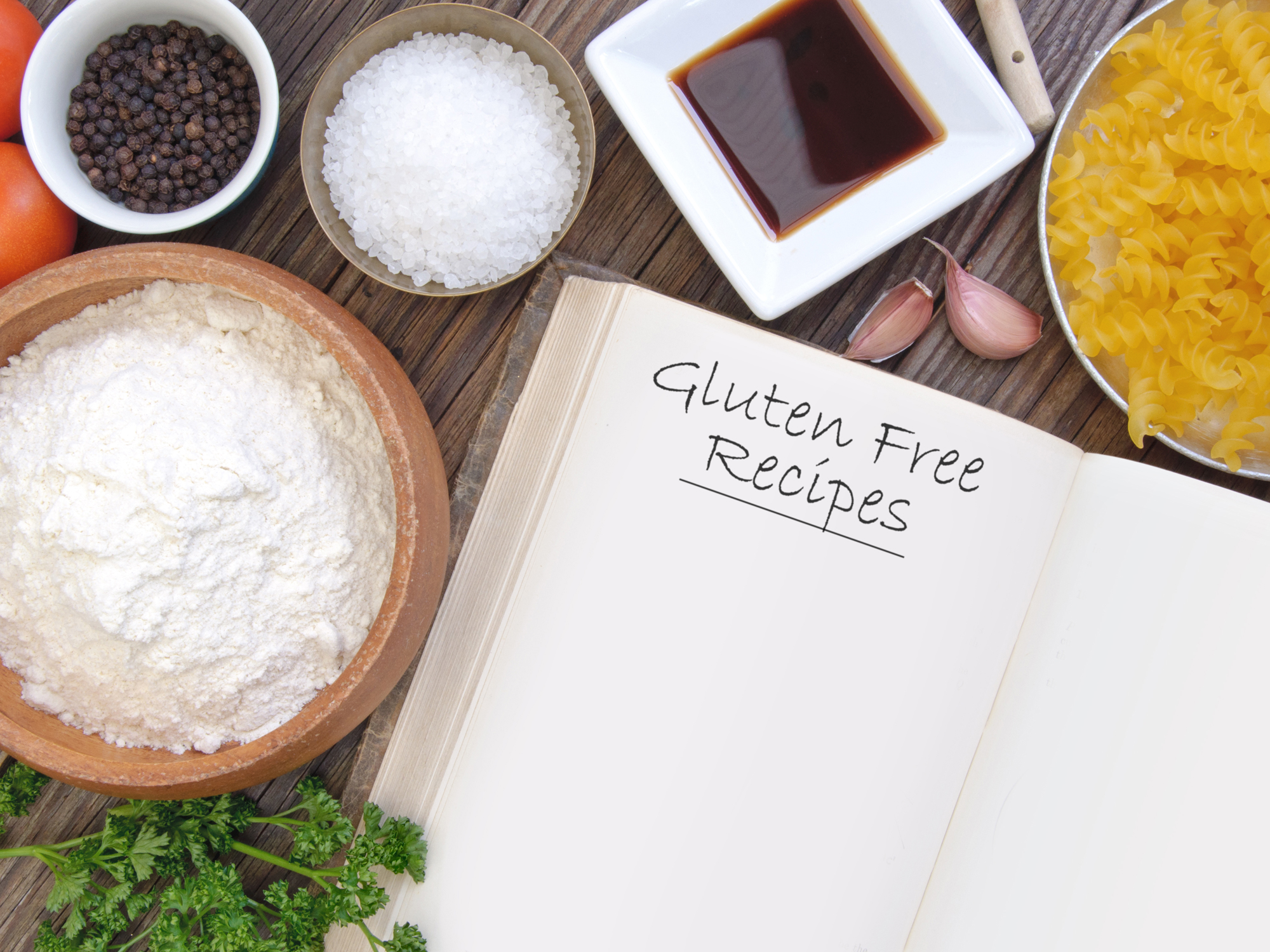Get Easy Health Digest™ in your inbox and don’t miss a thing when you subscribe today. Plus, get the free bonus report, Mother Nature’s Tips, Tricks and Remedies for Cholesterol, Blood Pressure & Blood Sugar as my way of saying welcome to the community!
Is your gluten-free diet destroying your health?

If you’re unfortunate enough to have celiac disease, it’s a given that you have to eat a gluten-free diet.
Or, it may be that you’ve flicked the gluten-free switch with the goal of increasing weight loss or improving your health.
Regardless of the situation, it’s a common assumption that a gluten-free diet is a healthier diet.
But what if I told you that instead of leading to good health, your gluten-free diet may be doing quite the opposite… making you fatter, leading to nutrient deficiencies and destroying your health…
Healthy diet or health destroyer
Let’s start by looking at one common food we all love to eat — bread.
You’ve probably heard of the glycemic index (GI). It’s a rating scale of 0 to 100 that measures how different carbohydrate foods influence blood sugar levels. Foods under 55 are low GI, 56-69 medium and those over 70 are high GI.
Studies show that foods higher in GI dramatically increase your risk of health problems. And when it comes to most gluten-free breads, they are pushing an extremely high GI.
Compared to white wheat flour bread (71 GI) gluten-free breads are coming in at a whopping 83.3 to 96 GI!
And this high GI issue doesn’t stop with bread — think cereals, crackers, cookies, snack foods and other packaged items.
All these “packaged” gluten-free products are made from refined flours and starches, often with the addition of sugar, making them super high in carbohydrates and GI.
High GI pushes up your blood sugar and insulin levels. And unfortunately, the result of that is obesity, insulin resistance, and metabolic syndrome — yep, studies have shown that these are fairly common outcomes after people switch to a gluten-free diet.
But the high GI isn’t the only concern. A gluten-free diet commonly leads to a range of nutrient deficiencies…
Vitamin deficiencies:
- Folate
- B vitamins
- Vitamin D
Minerals deficiencies:
- Calcium
- Magnesium
- Phosphorus
- Zinc
- Iron
Don’t take this lightly because the impact of these nutrient deficiencies goes deep…
- Disruption of mineral balance may affect your bone density
- Increased levels of oxidative damage to your body’s cells
- Higher levels of uric acid, which leads to increased inflammation
- Disruption of protein and DNA synthesis
- Altered metabolic function
And if you thought it couldn’t get any worse — think again!
By consuming gluten-free products you may even be exposing yourself to toxins such as arsenic and mercury!
But don’t despair. If you have to (or want to) eat a gluten-free diet that’s fine because there is one simple way you can solve this gluten-free dilemma…
Eat real food
Don’t eat all those crappy packaged products you’ll find in the gluten section. Gluten-free or not, they are basically “junk foods,” no healthier than sneaking through the drive thru of your favorite fast food outlet.
That’s because they are over-processed foods — and you know what that means. Even with the intent to create a “health food” by excluding something deemed unhealthy — in this case, gluten — food manufacturers have managed to remove any nutritionally redeeming qualities in the processing.
Next time you’re out food shopping, read nutrition labels and ask yourself: “Would my great grandmother recognize this food (or at least all the ingredients in it)? Is it really a “healthy” food?”
If the answer is no (and it often will be), put it back on the shelf and head to the fresh food section!
I’d also recommend you read: Food synergy: what makes a diet healthy.
Sources:
- Vici G, et al. Gluten free diet and nutrient deficiencies: A review. — Clinical Nutrition. 2016;35:1236-1241.
- Norelle RR. The Gluten-Free Diet: Recognizing Fact, Fiction, and Fad. — Journal of Pediatrics. 2016;175:206-210.
- Gobetti M, et al. How to improve the gluten-free diet: The state of the art from a food science perspective. — Food Research International. 2017.












